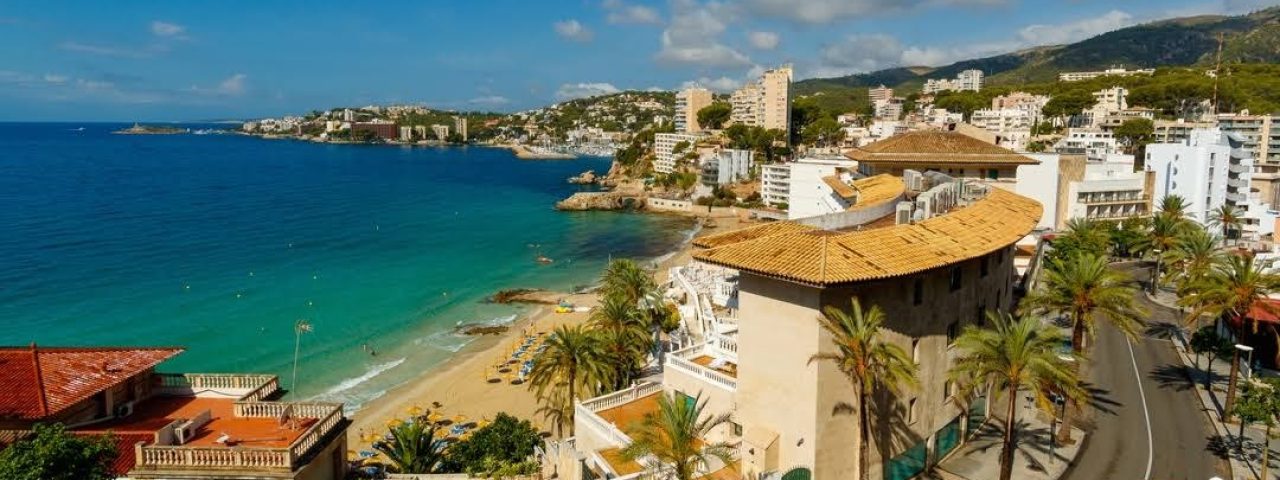Palma has a rich and diverse history, shaped by a multitude of civilizations, from the Romans and Moors to the Christian Reconquista. The city was originally founded as a Roman camp in 123 BCE and later became an important Moorish stronghold. Its Islamic past is still evident in its architecture and layout, with narrow, winding streets and beautiful courtyards in the old town.
After the Christian conquest in the 13th century, Palma flourished as a major Mediterranean port, a legacy that continues today. The city’s most iconic building, La Seu Cathedral, was built on the site of a former mosque, symbolizing this cultural transition. The city is also known for its annual festivals, such as the “Festa de Sant Sebastià” in January, a week-long celebration filled with live music, fireworks, and traditional parades.
Palma’s cultural life is vibrant, with numerous art galleries, museums, and theaters showcasing both contemporary and traditional works. The Joan Miró Foundation, dedicated to the famous Spanish artist who lived in Palma, is a must-visit for art lovers.

